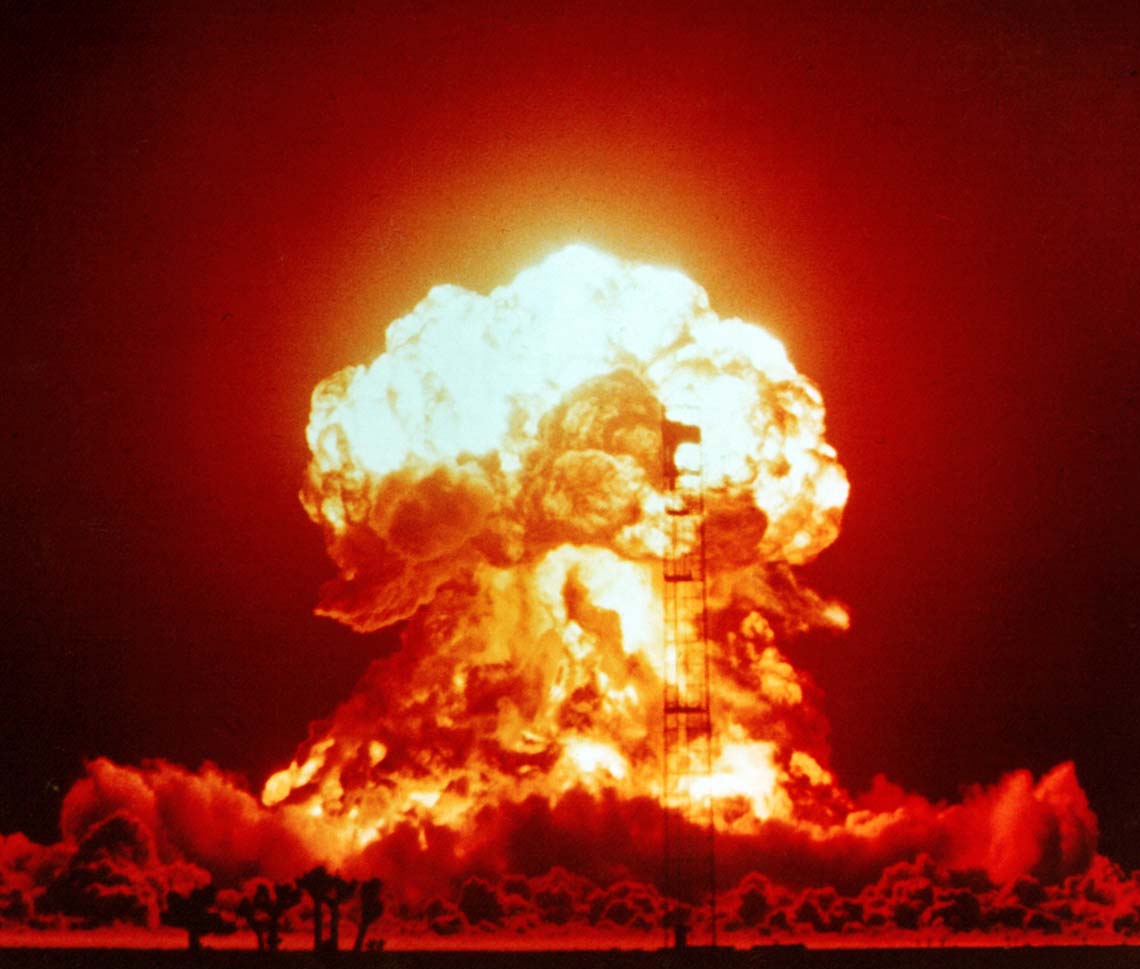News broke late last week that the Obama administration is planning a Security Council resolution that would effectively ban the testing of nuclear weapons. The move is being billed as a legacy issue for President Obama, who leaves office with a strong non-proliferation record, including a bi-lateral treaty with Russia, the advent of “Nuclear Security Summit,” the Iran Nuclear Deal, and a formal commitment to reduce America’s nuclear arsenal.
But one key part of that agenda remains unfinished– ratification of the Comprehensive Test Ban Treaty. The CTBT was signed by President Clinton and adopted worldwide in 1996. 164 countries are party to it. But the US Senate never ratified the treaty, which would formally bind the United States to it. The politics of the moment also suggest that the Senate will not ratify the treaty any time soon.
Even though the USA has not tested a nuclear weapon since 1991, before the CTBT was signed, some senators object that the treaty would infringe on future nuclear weapons planning. They also say that procedurally, a Security Council resolution would effectively circumvent the Senate’s “advise and consent” role because a Security Council resolution can be legally binding around the world, including on the USA. From the Obama administration’s perspective, this move is a way to strengthen with global non-proliferation regime without having to rely on getting two thirds of US Senators on board to ratify a treaty.
A Threat to Cut Funding
Reasonable people can disagree about whether or not a Security Council resolution banning the testing of nuclear weapons is an “end run” around the Senate’s refusal to ratify the Comprehensive Test Ban Treaty, but this kind of retribution from Congress is an unambiguously bad idea.
Congressional aides briefed on the issue are already devising a list of options for how Congress can express its anger to the administration and perhaps exert some penalty, if preventing the move proves impossible. Options include cutting U.S. funding for the Comprehensive Test Ban Treaty Organization, an international body that receives about a quarter of its money from U.S. taxpayers.
The CTBTO, as it is known, is a UN entity that was created by the Comprehensive Test Ban Treaty to monitor global compliance, and it does so through a complex system of monitoring stations that are deployed around the globe. These monitors can detect seismic events consistent with nuclear testing. Some stations can also detect trace amounts of radiation released from nuclear detonations.
This video from the CTBTO does a good job explaining how this system works.
But wait, there’s more!
These monitoring stations also have civil applications, in particular for Tsunami early warning.
The CTBTO, like most UN entities receives about a quarter of its $122 million budget from the United States. Cutting off a quarter of the budget out of pique at the decision of an outgoing president could undermine the CTBTO’s operational capacity, including the monitoring system. And that, in turn, could have profound implications for American security interests.
These monitoring systems have come in handy
On January 6, 2016 North Korea claimed to have detonated a hydrogen bomb. CTBTO monitors picked up the explosion immediately and confirmed that the explosion was consistent with previous North Korean nuclear tests. A few days later, when prevailing winds took the dust cloud to the CTBTO station in Japan, tests concluded that it was not likely that this was a hydrogen bomb, as North Korea claimed, but a smaller weapon. Similarly in 2013, North Korea also tested a weapon.But this time, CTBTO sensors confirmed that radiation released was consistent with that of a large nuclear explosion.
These conclusions help to inform the action that is taken by the international community–including the Security Council on which the USA has a veto–to respond to these actions. And the technical assessments of an ostensibly neutral UN-body carry a great deal more diplomatic weight in than the conclusions of a national intelligence service, like the CIA, which other countries might suspect in having ulterior motives.
A world in which these monitoring stations did not exist (or, if congress makes good on its threat, only work in limited capacity) is a world in which it is harder to detect a nuclear test. And that, in turn, makes for a less safe world.
Want to go deeper? A podcast interview with Arms Control Association president Daryl Kimball about the CTBT and why the USA needs to ratify it.
